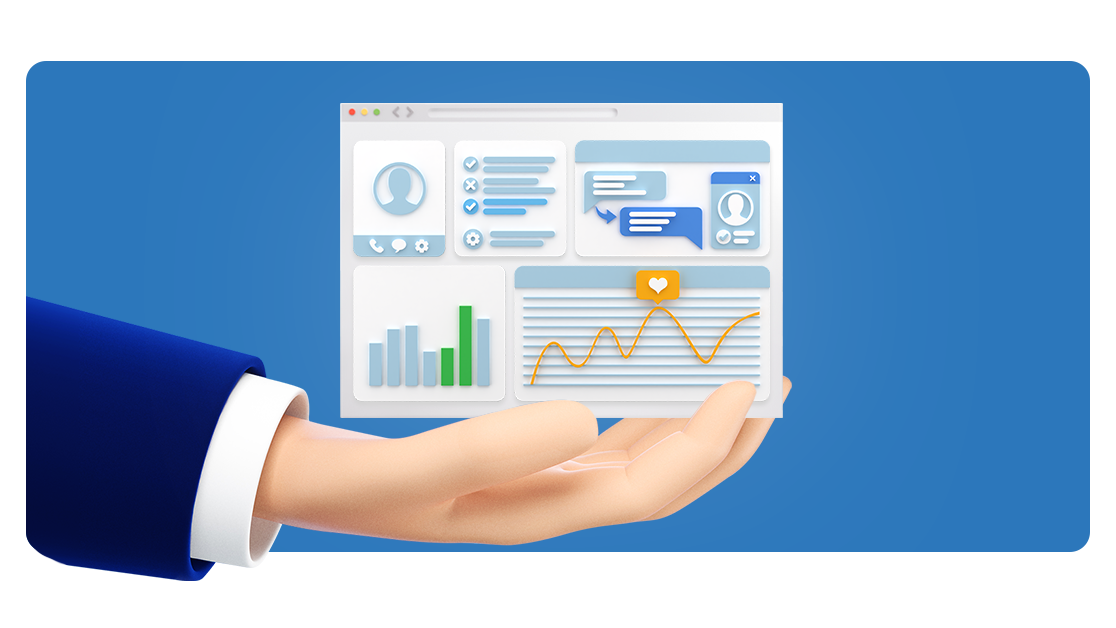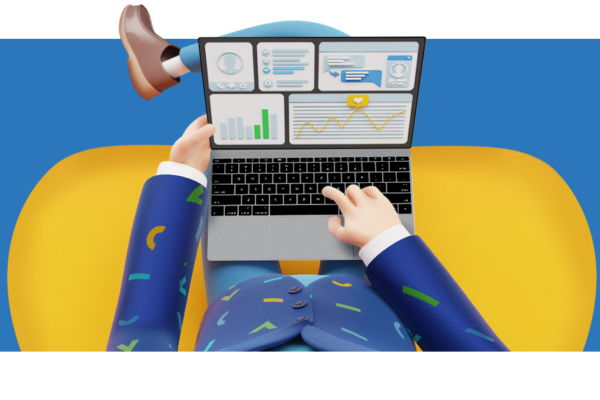The financial department headed by the CFO will often advocate for Excel. It is cheaper, employees have mastered it and it is used globally. All of this is true, but there is also the Business Intelligence solution, offering many other benefits. The dilemma is not about which of the tools is better but about the type of work you use a specific tool for.
“It is necessary to realize there are several types of cars. Occasionally, we need a limo, sometimes a truck, sometimes a common passenger car,” explains the data analyst Radek Nekvapil. It is the need and expectations that should always precede the question about which tool is better.
Data as a buried treasure
Data contain the past, the present, and the future. Every company generates multiple information from various sources on a daily basis. Some sources are internal, other information can be received from suppliers or competitors, and of course there are a lot of publicly available sources.
However, the increasing number of inputs does not automatically translate into better outputs. Many data are stored regardless of being transformed into valuable information that can be taken into account and used not only in commercial decisions. This often leads to an Excel sheet full of numbers. Thus, it is often the case that data are just exported from a database to another database in a complicated manner, which, however, lacks an output. However, changing the tool and transiting from Excel to BI is no prize either.
“Both tools have their respective pros and cons. Arguments in favour of BI definitely include a visualization of aggregated data for clear, real-time work and well-arranged previews. On the other hand, Excel will do better for the in-depth analysis of specific lines of data,” Nekvapil briefly highlights the advantages of respective tools.

Advantages of Excel
Before introducing the advantages of Excel, it is useful to have a look at several basic disadvantages. When working in Excel, it is not possible to monitor data in real time because the spreadsheet is static. Therefore, it is good only at a given moment or as a summary of a longer period of time. Accordingly, Excel is not entirely appropriate for planning, predicting and preparation of complicated reports. These are the functions where Business Intelligence clearly leads.
However, each coin has two sides, and the positive side of Excel is that it is easy to use, which is known literally throughout the world. The fact that it is significantly cheaper than BI cannot be omitted, nor is there a need for additional staff training costs. When compared using the traditional cost-benefit ratio method, Excel will definitely not fail. Once again, it is however essential to know what work it will be used for.
Dynamic Business Intelligence
Yes, one of the benefits of BI is not only real-time data monitoring, but also its functions enabling collaboration and sharing with other users. Although the tool can be used by multiple users from different devices at the same time, data security is at a higher level compared to Excel as it is possible to define the roles of individual users.
At the same time, BI streamlines data collection and can automatically analyse complex data sets. Automation allows to eliminate human errors from the process, and also to make the whole process more efficient. Thanks to the practical possibilities of visualizations, outputs can then be created much faster and easier than in Excel.




